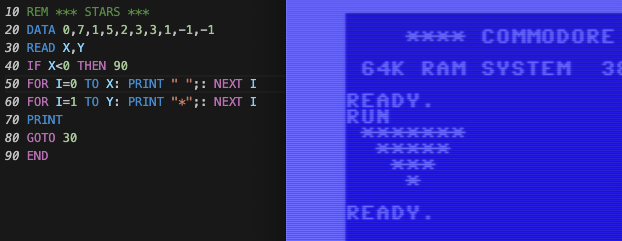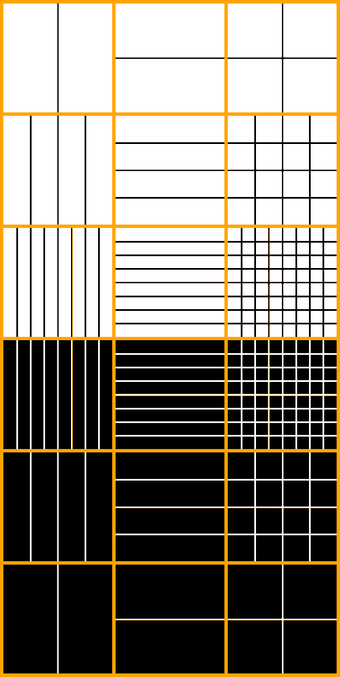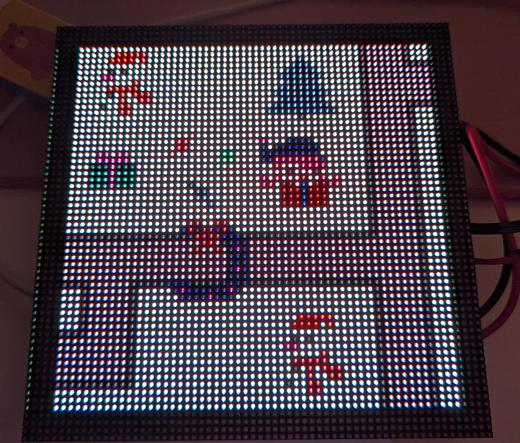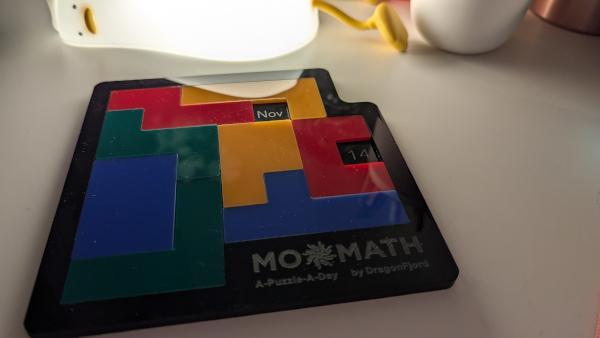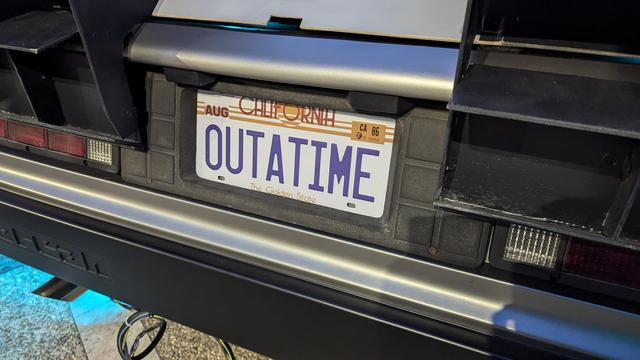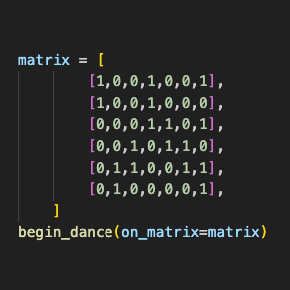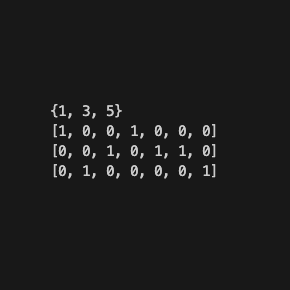First steps with#pennylane and #quantum chemistry: trying to find the ground state of a hydrogen molecule. ⚛️
"Back to BASICs" #2: simple graphics. PEEK(ing) and POKE(ing) values from and to video memory locations allows programmers to draw on-screen. Pixel colors can be specified READing from DATA.
I enjoyed realizing #PyConIT2025 logo as a tribute, using #Python to read pixels from an image to generate DATA values (as a matter of fact, it's possible to generate the entire program!).
Tetris or...programming language? Piet is an esoteric language using colored blocks to encode instructions and values to be managed in a stack!
Here I wrote a program printing a sequence of "8", inspired by Tetris game: I called it "the missing piece". Do you like it? 🙂 🟦🟧🟪🟩 #Piet #programming #tetris
🎯 Back to my quantum experiments!
Over the past few days, I’ve been trying to tackle the n-queens problem with a quantum approach, using the Quantum Approximate Optimization Algorithm (QAOA) and Qiskit. ⚛️💻
To make it work, I had to reframe n-queens as an optimization problem - breaking it down into a set of constraints and an objective function. I really like how quantum computing pushes us to rethink traditional problems in different ways.💡
"The late night tinkering projects #18: Matter protocol on a budget"
I'v been diving into the world of Matter protocol! 🏡✨ Initially, I thought I’d need to buy (or build!) a Thread border router just to get Matter-over-Thread up and running. But guess what? You can skip the extra hardware and roll with Matter-over-WiFi using just an ESP32 board! 💡 No additional gadgets required, just your phone! 🚀#IoT #MatterProtocol #ESP32 #SmartHome
https://1littleendian.medium.com/matter-protocol-on-a-budget-90dee313461e?source=friends_link&sk=77dcf816699326aba382b35b574bd49f
https://dev.to/antigones/matter-protocol-on-a-budget-32ph
Exactly 42 lines of code (heavily inspired from https://www.swissted.com) #genuary2025 #genuary #genuary3
After "Elf on a shelf", "Elf with Self" and #micropython.
But where can "exact cover" be found in real life problems? A good example could be "Puzzle-A-Day" game: the player here is required to cover the entire calendar board with some pieces, only leaving the current day and the current month cells out. Solving this problem is in fact equivalent to find a set cover over a certain representation of the board and so "Algorithm X+Dancing Links" strategy can be applied. I applied that algorithm to find a solution for today, Nov. 14. #algorithms #python
"Exact cover" models problems where the user must cover all the cells in a board, placing and rotating a given set of pieces.
"Algorithm X" solve this kind of issues and when backtracking is not enough, "Dancing links" uses efficient data structures to obtain a solution. 🚀 #Python #algorithms
This weekend, I spent some time developing a simple “Queens” game solver with backtracking in #Python.
In “Queens”, the player is required to place N queens on a board, one queen per row, one per column and one per color area. The player must not place queens on adjacent cells.
The video shows a solution for a given instance of the riddle and the last 100 console animated backtracking iterations to solve it.
We are feeling generous this Halloween 🎃
Stop what you're doing and head to https://2025.pycon.it/newsletter to subscribe to our newsletter for a spooky surprise tomorrow! 👻
We promise you won't regret it!
Pumpkins are part of #Halloween lore (even when they’re 3D printed!) and this year, it’s time to put pumpkins…on the Cloud! ☁️
Here I used an #ESP8266 to consume messages from #Azure #IoTHub and an IR emitter to remote control the candle.
No matter if the candle is near or far, IR signals can be "bridged" over the Cloud! Also, the candle can be controlled from an app, a function, whatever…! Spooky, isn’t it? 🎃


